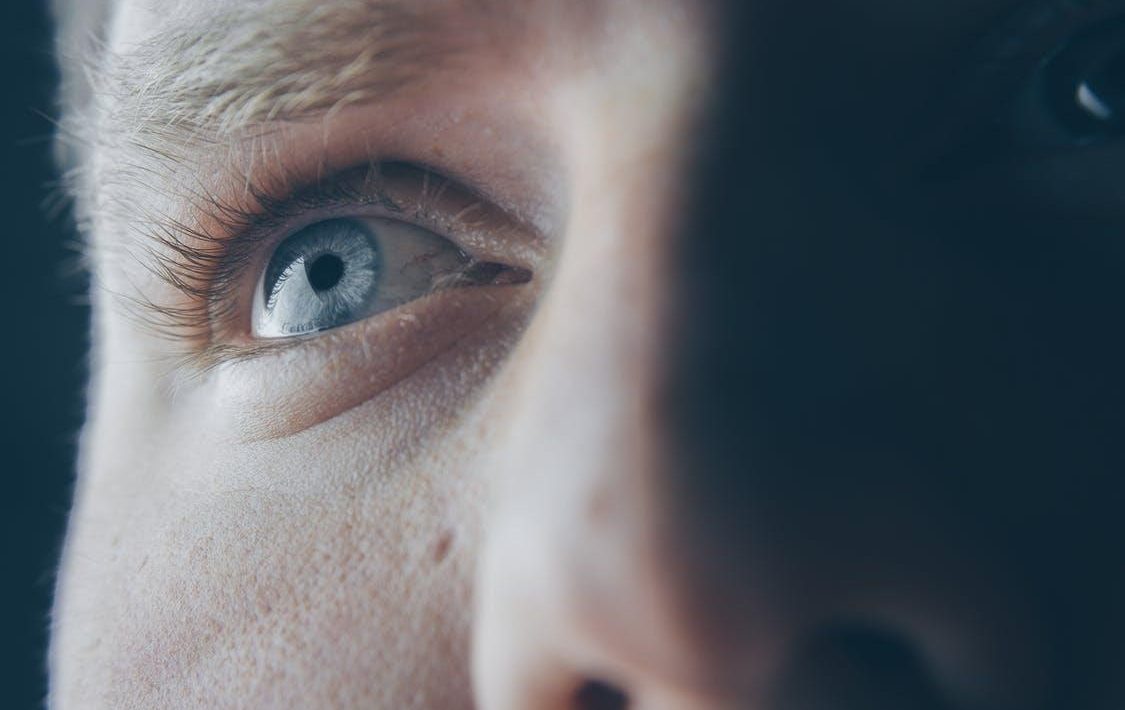Developing an eye disease is a common finding. According to the CDC (Centers for Disease Control and Prevention), approximately 12 million Americans are visually impaired, 1 million are blind, 8 million have impaired vision due to uncorrected refractive error, whereas 3 million have vision impairment following corrective treatment.
The question has to be asked: Am I at risk?
- Common Risk Factors
Multiple risk factors have been identified to result in eye disease. The following is a list of some common risk factors for developing an eye disease.
- Smoking: Smoking affects eye health by inducing oxidative stress. Oxidative stress contributes to conditions like macular degeneration. Additionally, it also interferes with antioxidants, which help maintain lens transparency.
- Alcohol: Alcohol can inhibit the absorption of nutrients in the lens.
- Nutrition: Nutrients such as lutein, zeaxanthin, carotenoids, fatty acids, riboflavin, thiamin, vitamin C, vitamin E, vitamin A, and zinc are considered necessary for good eye health.
- Habitual factors: Reading in dim light and excessive screen exposure contribute to myopia.
- UV light exposure: Both visible and UV light exposure can damage the eye and result in cataracts.
- Medical conditions: Conditions such as diabetes, high blood pressure, high blood cholesterol, and obesity contribute to different eye conditions.
Now that we are aware of the common risk factors associated with eye diseases, let us take a more in-depth look into the risk factors associated with specific eye conditions.
The following is a listing of the most common eye conditions, their symptoms, as well as their risk factors.
Let’s get started.
- Glaucoma
Glaucoma is a commonly reported condition of the eyes. It is the second leading cause of permanent blindness in the US.
The anterior part of the human eye is filled with a water-like fluid called aqueous humor. The aqueous humor provides the cornea, pupil, iris, and lens with nutrients as well as helps maintain the shape of the eye by maintaining IOP. IOP refers to intraocular pressure.
Glaucoma results due to an increase in IOP, which subsequently leads to retinal and optic nerve damage.
Glaucoma, although initially asymptomatic, generally progresses gradually; however, in some cases, it may progress at a faster pace.
Common symptoms associated with glaucoma include:
- Blurry vision
- Eye pain
- Redness
- Tenderness surrounding the eye
- Halos around light sources
- Nausea
- Vomiting
- Headache
When it comes to risk factors, glaucoma is more prevalent in people of Asian, African, or Caribbean descent. The condition has genetic predispositions as well.
Studies claim that glaucoma may be passed on from parent to offspring as well. The likelihood of developing glaucoma also increases with age. It is also more prevalent in people with other eye or medical problems.
- Cataracts

Cataracts refer to the cloudiness of the lens. The condition starts with the appearance of cloudy patches that typically increase in size over time. This results in blurry vision and maybe even blindness later on.
Cataracts are mostly bilateral; however, its rate of progression in both eyes may differ, i.e., it may not develop in both eyes at the same time.
Common symptoms associated with cataract include:
- Faded color vision
- Impaired vision in dim light
- Glaring
- Blurry vision
- Pain in advanced stages
Those most at risk of developing an eye disease are the elderly; however, cataracts may also be observed in infants and young children. The condition does have hereditary predispositions as well. Smoking and the presence of co-morbidities such as diabetes increases one’s risk of developing the ailment. Prolonged exposure to steroids and alcohol also adds to the risk.
- Diabetic Retinopathy
Diabetic retinopathy is a diabetes-related complication that develops owing to high levels of blood glucose, which damages the retina of the eye. If left undiagnosed or untreated, diabetic retinopathy may result in blindness.
Diabetic retinopathy is the leading cause of blindness among adults aged 20–74 years in America, according to the CDC.
The condition is generally asymptomatic; however, it may be diagnosed in the early stages via routine eye checkups.
The risk factors associated with diabetic retinopathy include those with type 1 and type 2 diabetes. Pregnant women are also at risk as many women develop gestational diabetes during their pregnancy, which increases the risk of developing diabetic retinopathy significantly. Hypertension (high blood pressure), hyperlipidemia (high blood cholesterol), uncontrolled diabetes, and an Asian, Caribbean, or African ethnicity also increases one’s chances of developing the disorder.
- Refractive Errors

When light rays hit the eyes, they are bent by the cornea. This helps focus them on the retina, which in turn creates a clear image. Refractive errors essentially affect the refraction process.
Myopia (short-sightedness – trouble focusing on distant objects) and hyperopia (long-sightedness – trouble focusing on nearby objects) are common refractive errors. They are prevalent in all age groups but vary in severity.
A common presenting sign is headaches. Other symptoms include dual vision, squinting due to strain on the eyes, and the appearance of halos around bright lights.
When it comes to risk factors, myopia (short-sightedness) does run in the family. Prolonged exposure to screens and focusing on close and minute objects for extended periods also contribute to the condition. The risk of developing hyperopia (long-sightedness) increases with age.
Refractive errors are the most frequently reported problem in the US, according to the CDC.
If you are experiencing difficulties with your vision lately, we suggest going to a 24-hour walk-in clinic in Austin, Texas, for a prompt and timely diagnosis.
- Blepharitis
Blepharitis refers to the inflammation of the eyelid resulting in itchy, red, and swollen eyelids. The condition can be acute or chronic. The latter is the more prevalent type.
Blepharitis results due to skin conditions like atopic dermatitis, or infections like HSV. The former variant results in crusting and flaking of the eyelashes.
Symptoms of the ailment include:
- Redness on the lids
- Itching or burning of the eye
- Puffiness
- Flaking or crusting of the eyelid base
Those most at risk of developing an eye disease blepharitis include those with poor eyelid hygiene, sensitivity to chemicals in make-up, and those with preexisting conditions such as rosacea and seborrheic dermatitis.
- Age-Related Macular Degeneration (AMD)
Age-Related Macular Degeneration (AMD) is a common condition amongst those in the 50 to 60 years age bracket, which results affect vision clarity.
There are two types of AMD: dry AMD and wet AMD.
Dry AMD is the more common variant affecting 70-90% of the cases and results when the macula thins over time. One of the most commons signs of dry AMD is drusen (small yellow or white deposits under the retina).
Wet AMD occurs when a blood vessel starts to grow abnormally behind the retina under the macula leading to fluid and blood leakage. An early symptom of wet AMD is the appearance of straight lines as wavy.
AMD does not lead to blindness; however, it does harbor the potential to impair one’s ability to read and recognize.
Common symptoms of AMD include:
- Objects appearing smaller in size
- Visual hallucinations
- Colors appearing dimmer
- Lines appearing crooked or wavy
Aside from age, smokers and those with other co-morbidities such as high blood pressure, heart disease, and diabetes, are most at risk of developing the ailment.
- Parting thoughts
Eye diseases are not to be taken lightly because if left undiagnosed or untreated, they might cost you your ability to see.
The best practice is to get regular eye checkups to ensure good eye health and early diagnosis in case of any underlying condition.











